Ore is the raw material for mineral smelting, and the determination of its element content is very important for mineral processing and smelting. The determination of major elements and trace elements in various ores usually adopts various analytical methods such as chemical titration, AA, ICP, ICP-MS, etc.
The operation process is cumbersome, time-consuming and labor-intensive. Single-wavelength excitation-energy dispersive X-ray fluorescence spectrometer with fast fundamental parameter method is changing this situation. For various ore samples, the content of major elements and impurity elements can be analyzed simultaneously. The detection speed is fast, reducing the consumption of manpower and material resources. Bringing new elemental analysis methods to smelters.
Method principle
(1)Principle of monochromatic focusing excitation technology
The monochromatic excitation X-ray fluorescence spectrometer (HS XRF®) adopts the all-focusing hyperboloid curved crystal technology which monochromatically diffracts and focuses the characteristic rays of the target in the X-ray tube emission spectrum monochromatically to the sample point.And it significantly reduces the interference of the continuous scattered ray background in the X-ray tube emission spectrum on the sample elemental spectrum, and improves the elemental detection signal-to-noise ratio, reducing the detection limit by 1-2 orders of magnitude relative to the traditional XRF, thus, detection and analysis of the trace elements come true.
(2)Fast Fundamental Parameters(Fast FP)
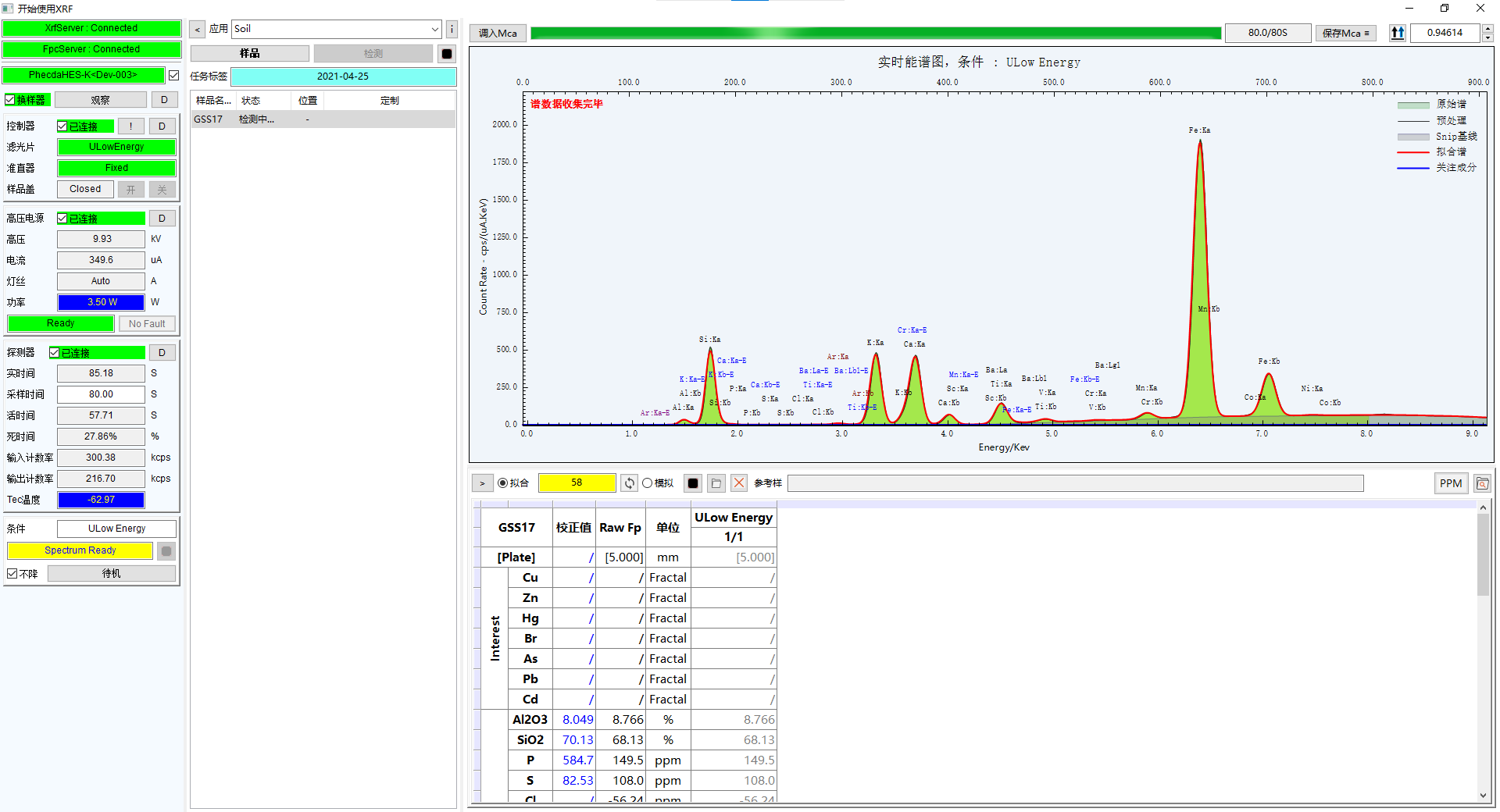
The Fast FP2.0 method establishes a library of fundamental parameters and a series of mathematical models for the explicit physical phenomena of X-ray fluorescence physics, and directly obtains the content of each element in the sample after a large number of calculations, solving the complexity and uncertainty of the quantitative analysis of XRF matrix effects, absorption enhancement effects between elements, spectral overlap interference, and various detector effects, and realizing the lack of standard samples. The quantitative analysis of sample elements in the absence of standard samples is achieved. Fast FP method improves the adaptability and quantitative accuracy of XRF samples.
Performance Data
(1)Types of ore and elements
Four types of ores, chromite, nickel, copper and manganese were studied, with the elements of interest shown below
| Sample Types |
Analysis element |
| Main Elements |
Cr, Ni, Cu, Mn |
| Primary elements |
Fe, S |
| Impurity elements |
Zn, Si, Mg, K, Ca |
| Trace elements |
Cd, Au, Ag, Sb, Bi, Mn, Cr, Ni, Co, Sn, Ba, Se |
As for samples above, Fast FP can rely on a small number (2-3) of fixed or standard samples to quickly develop relevant analytical methods and obtain highly accurate quantitative results.
(2)Linearity

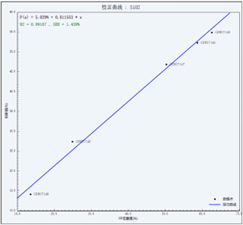
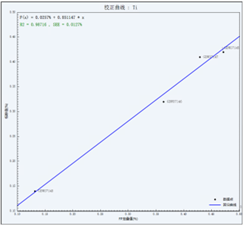
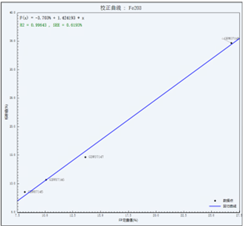
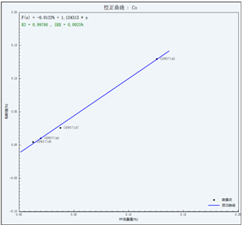



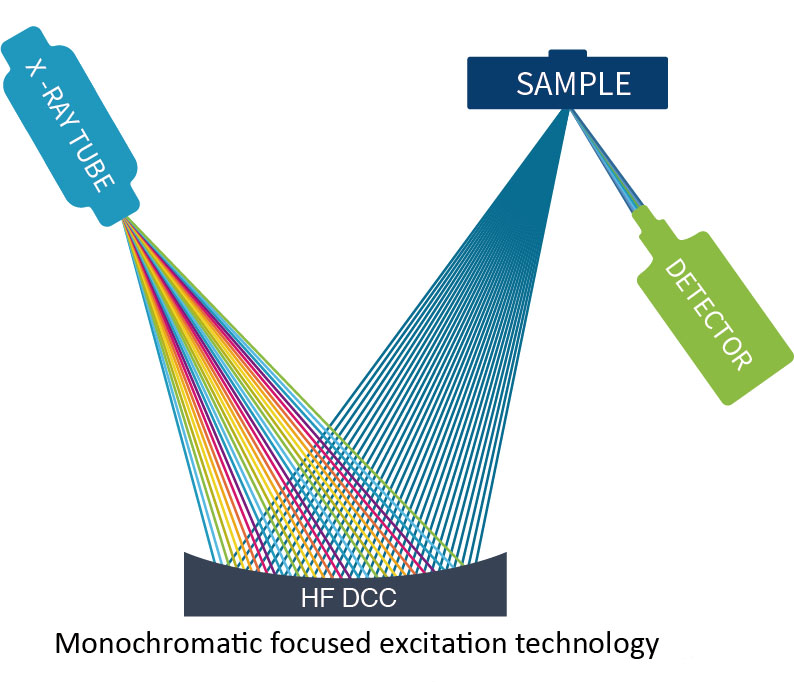






 Simple sample preparation
Simple sample preparation Fast analysis speed
Fast analysis speed Wide application range
Wide application range